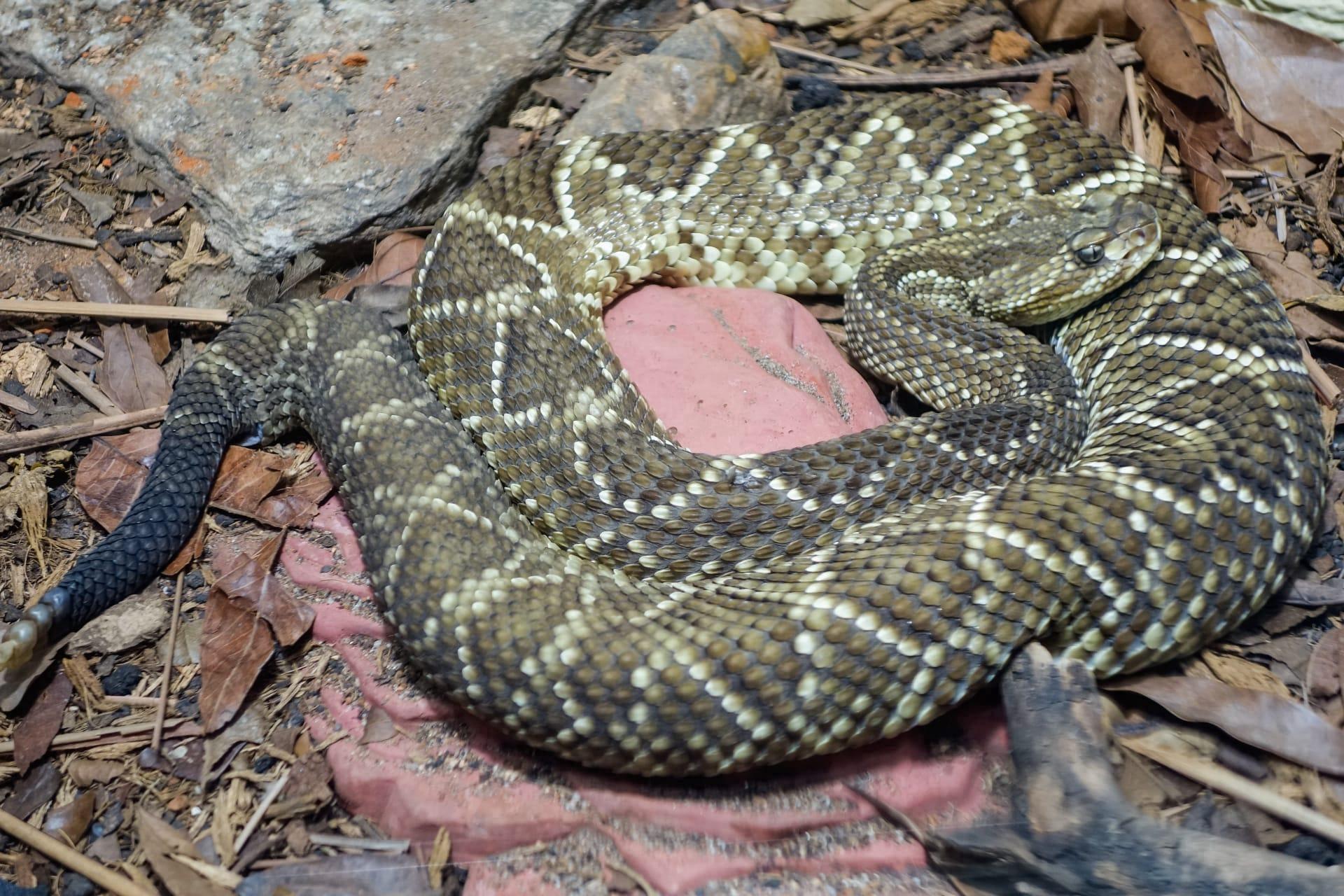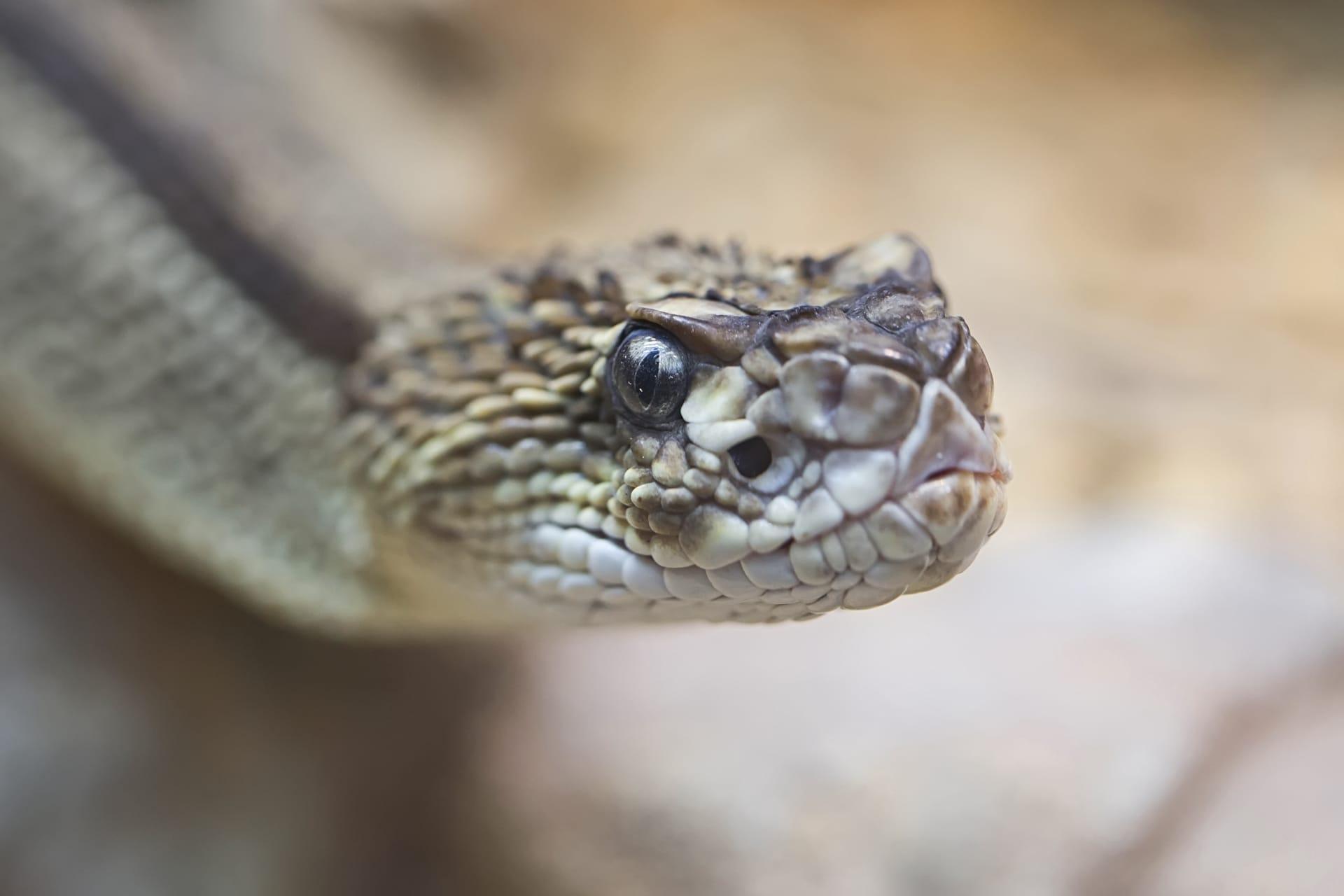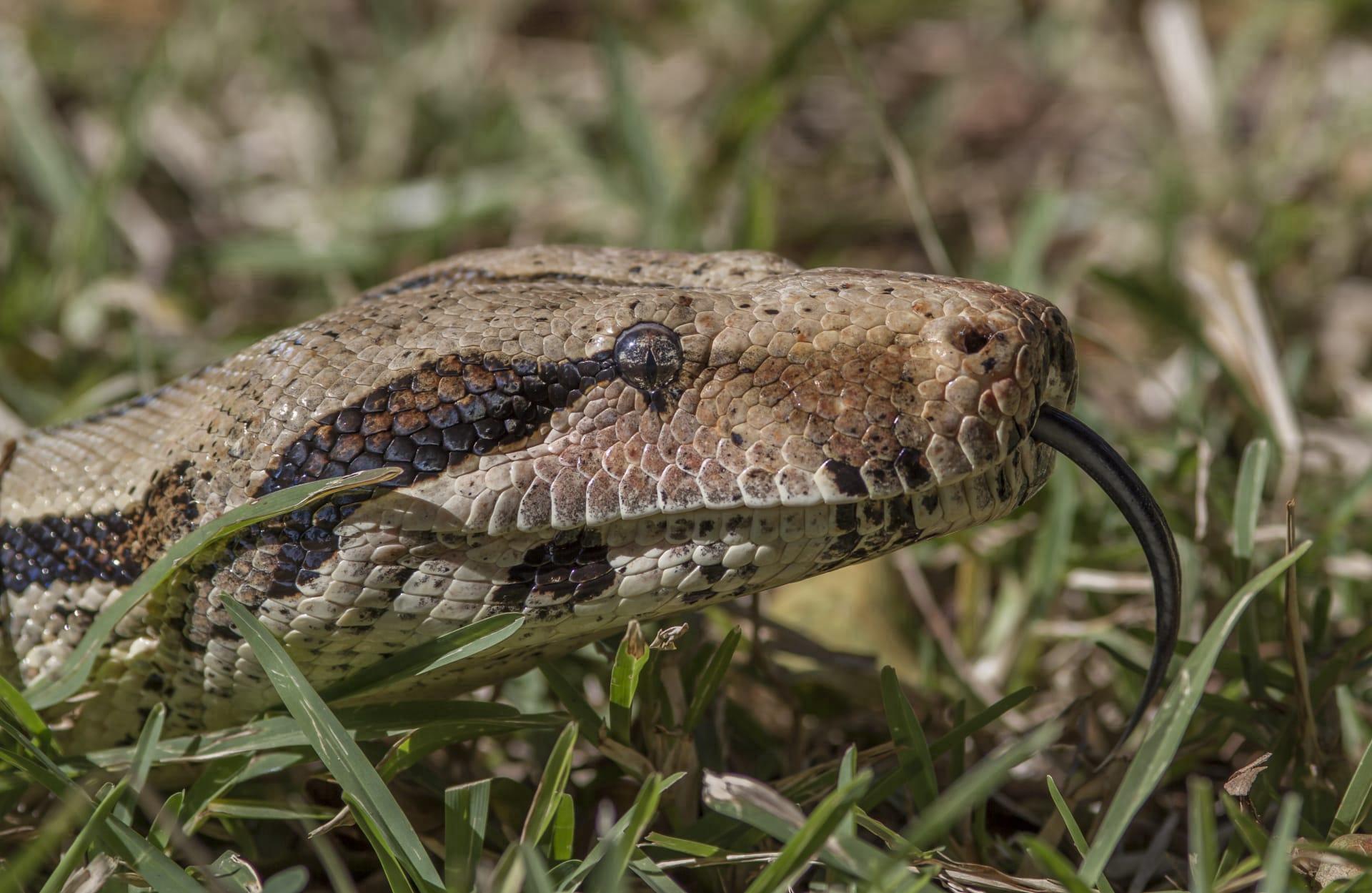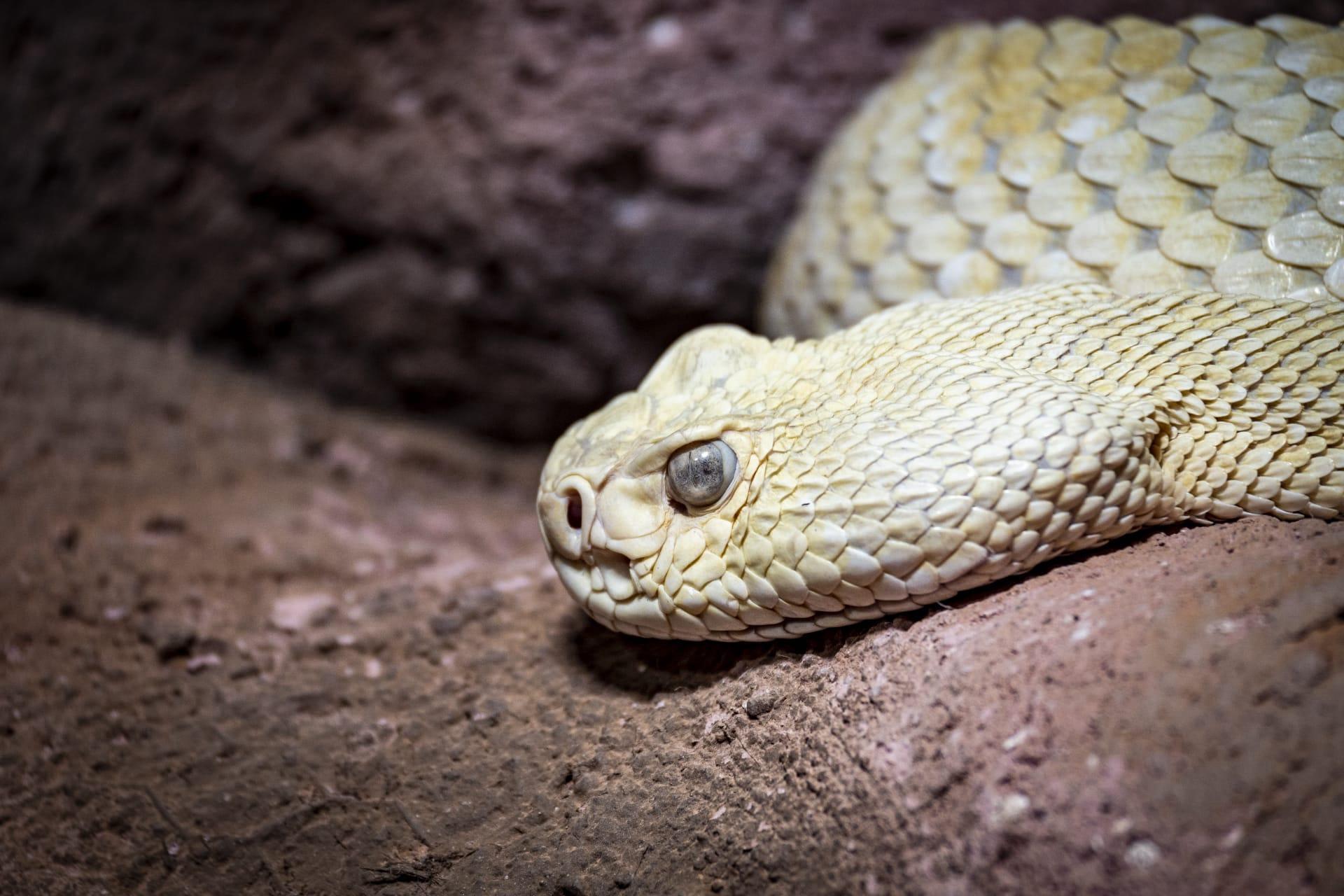Rattlesnake Characteristics
- Home /
- Mini Encyclopedia /
- Animal /
- Rattlesnake Characteristics
1
Rattlesnakes, a group of venomous snakes in the genera Crotalus and Sistrurus, are known for their distinctive rattle at the end of their tails. Physiologically, they exhibit a range of sizes, typically measuring between 1.5 and 8 feet in length, depending on the species. Their lifespan varies, with many living beyond 10 to 20 years in the wild. These snakes are characterized by their thick, heavy bodies, and their skin is covered in a pattern of scales that can vary in color and pattern, providing excellent camouflage in their natural habitats.
The most distinctive organ of a rattlesnake is its rattle, located at the end of its tail. This rattle is made up of interlocking segments of keratin, the same material as human nails. When vibrated, these segments produce a buzzing sound that serves as a warning to potential predators or threats. The rattle is a highly effective deterrent, and it grows with each shedding of the snake's skin, adding a new segment each time.

2
Question: What determines the loudness of a rattlesnake's rattle?
Answer: The loudness of a rattlesnake's rattle is influenced by several factors, including the number of segments in the rattle, the age and size of the snake, and how vigorously the snake vibrates its tail. Typically, a larger rattlesnake with more rattle segments can produce a louder sound. The rattle's effectiveness is not just in its volume but also in its distinctive sound, which can be recognized by many animals and humans as a warning signal.

3
Rattlesnakes are primarily ground-dwellers and exhibit unique locomotive methods. They can move in a linear fashion, where their body follows a straight path, or use sidewinding, a method employed in sandy or slippery environments. These snakes are capable of short bursts of speed, reaching up to 2 to 3 miles per hour, but they are generally not fast movers.
In terms of hunting, rattlesnakes are ambush predators. They use their heat-sensing pits located between their eyes and nostrils to detect warm-blooded prey. Once a target is identified, they strike quickly, injecting venom through their fangs. This venom is hemotoxic, causing damage to the prey's blood and tissue. Rattlesnakes then track the bitten prey until it succumbs to the venom, after which they consume it whole.

4
Rattlesnakes inhabit a variety of environments, ranging from deserts and prairies to forests and rocky hillsides. They are found predominantly in the Americas, from Canada to Argentina. Adaptability to different climates and terrains is a key factor in their survival. These snakes prefer areas with adequate cover and access to sunlight for thermoregulation.
Reproduction in rattlesnakes is ovoviviparous, meaning the females give birth to live young. Mating occurs in the spring or fall, and gestation can last several months, depending on the species and environmental conditions. A single litter can contain anywhere from 4 to 25 young, which are born fully developed and capable of fending for themselves.

5
Book: "Rattlesnakes: Their Habits, Life Histories, and Influence on Mankind" by Laurence M. Klauber, published in the United States in the mid-20th century. This two-volume set is considered a classic in herpetology, offering extensive information on various species of rattlesnakes. Klauber's work is notable for its detailed observations, encompassing the biology, behavior, and distribution of these fascinating reptiles.
Book: "America's Snake: The Rise and Fall of the Timber Rattlesnake" by Ted Levin, published in the United States in the early 21st century. Levin's book focuses on the timber rattlesnake, providing a blend of natural history, personal experience, and conservation. It delves into the ecological significance of rattlesnakes and the challenges they face in the modern world, offering insights into both the species and its interaction with humans.